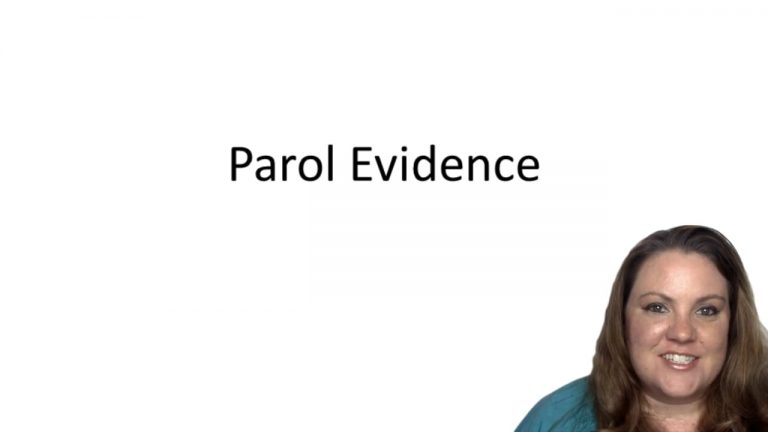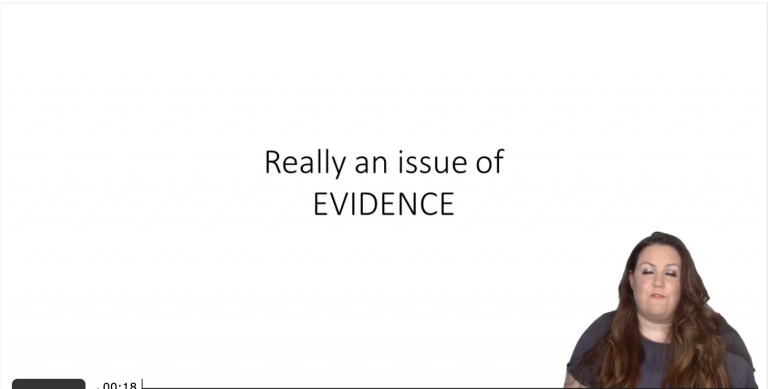SmartBrief
Confirm favorite deletion?
Contracts Keyed to Frier
Pacific Gas & Electric Co. v. G.W. Thomas Drayage & Rigging Co.
Citation:
442 P.2d 641 (1968)
ProfessorMelissa A. Hale
CaseCast™ – "What you need to know"
Facts
In 1960, Defendant entered into a contract with Plaintiff to provide labor and equipment necessary to remove and replace the upper cover for Plaintiff’s steam turbine. Defendant agreed to perform the work at its own risk and expense and to indemnify Plaintiff for any “loss, damage, expense and liability resulting from injury to property” or any other act associated with performance of the contract. During performance, the cover fell and damaged part of the exposed rotor of Plaintiff’s turbine. Plaintiff brought suit to recover $25,144.51 in damages. The trial court awarded judgment for Plaintiff on the ground that Defendant’ indemnity clause protected Plaintiff from damage to its own property. The trial court concluded that the “plain meaning” of the indemnity clause in Defendant’ contract was to permit indemnification of damage to Plaintiff’s property in addition to the property of third parties. The trial court admitted no extrinsic evidence on this issue. Defendant appealed, arguing that the extrinsic evidence should be admissible to show that the “plain meaning” of the indemnity clause was that it should only apply to damage of the property of third parties, not Plaintiff.
Only StudyBuddy Pro offers the complete Case Brief Anatomy*
Access the most important case brief elements for optimal case understanding.
*Case Brief Anatomy includes: Brief Prologue, Complete Case Brief, Brief Epilogue
- The Brief Prologue provides necessary case brief introductory information and includes:
Topic:
Identifies the topic of law and where this case fits within your course outline.Parties:
Identifies the cast of characters involved in the case.Procedural Posture & History:
Shares the case history with how lower courts have ruled on the matter.Case Key Terms, Acts, Doctrines, etc.:
A case specific Legal Term Dictionary.Case Doctrines, Acts, Statutes, Amendments and Treatises:
Identifies and Defines Legal Authority used in this case.
- The Case Brief is the complete case summarized and authored in the traditional Law School I.R.A.C. format. The Pro case brief includes:
Brief Facts:
A Synopsis of the Facts of the case.Rule of Law:
Identifies the Legal Principle the Court used in deciding the case.Facts:
What are the factual circumstances that gave rise to the civil or criminal case? What is the relationship of the Parties that are involved in the case.Issue(s):
Lists the Questions of Law that are raised by the Facts of the case.Holding:
Shares the Court's answer to the legal questions raised in the issue.Concurring / Dissenting Opinions:
Includes valuable concurring or dissenting opinions and their key points.Reasoning and Analysis:
Identifies the chain of argument(s) which led the judges to rule as they did.
- The Brief Prologue closes the case brief with important forward-looking discussion and includes:
Policy:
Identifies the Policy if any that has been established by the case.Court Direction:
Shares where the Court went from here for this case.
Topic Resources
Topic Videos
 6m 23s
6m 23s 13m 45s
13m 45s 5m 13s
5m 13sTopic Outline
Topic Refresher Course
